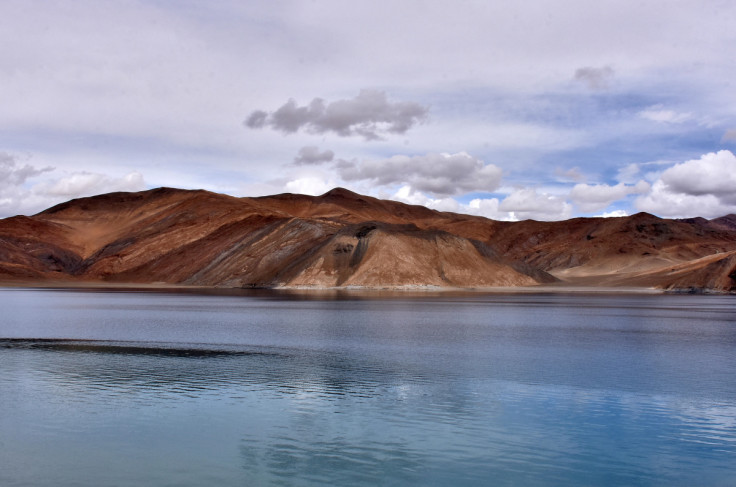Number Of Lakes On The Planet Is Increasing And Scientists Are Worried
KEY POINTS
- The area under lakes globally increased by around 18,000 square miles between 1984 and 2019
- The resulting annual increase in carbon dioxide emissions was 4.8 teragrams of carbon
- This increase in the number of lakes is due to climate change and human activities
The number of lakes on Earth, especially small ones, is on the rise, according to a new study that conducted a unique global study. This finding has scientists worried about global repercussions.
The growing number of lakes may fool some people into thinking that it is favorable for the environment, but the truth is quite the opposite.
In reality, these water bodies emit a large amount of carbon dioxide and other greenhouse gases like methane and nitrous oxide. These emissions come from the bacteria and fungi that feed on dead plants and animals at the bottom of a lake, as per ScienceDaily. Some of these gases even make it into the atmosphere.
For the study, published in the journal Nature Communications, researchers from the University of Copenhagen (UCPH) and other universities created the most accurate and detailed map of the world's lakes. Around 3.4 million lakes were mapped along with their evolution over the past four decades. The feat was achieved using high-resolution satellite imagery and artificial intelligence.
"There have been major and rapid changes with lakes in recent decades that affect greenhouse gas accounts, as well as ecosystems and access to water resources. Among other things, our newfound knowledge of the extent and dynamics of lakes allows us to better calculate their potential carbon emissions," Jing Tang, co-author of the study and assistant professor at UCPH Department of Biology, said, according to the outlet.
The survey revealed that the area under lakes globally increased by approximately 18,000 square miles between 1984 and 2019. The resulting annual increase in carbon dioxide emissions from the lakes during the same period was 4.8 teragrams of carbon.
Small lakes have turned out to be a more menacing issue. They account for just 15% of the total lake area, while they contribute 25% of carbon dioxide and 37% of methane emissions, the study found. Moreover, these small lakes contributed to 45% and 59% of the net increases in the lake's carbon dioxide and methane emissions within the consideration period.
"Small lakes emit a disproportionate amount of greenhouse gases because they typically accumulate more organic matter, which is converted into gases. And also, because they are often shallow. This makes it easier for gases to reach the surface and up into the atmosphere," Tang explained, as per the outlet.
The mapping also revealed two culprits behind the increase in the number of lakes: climate change and human activities. Out of the total increased lake area, more than half were attributed to reservoirs. The rest were mainly due to melting glaciers or thawing permafrost.
"I have sent our new greenhouse gas emission estimates to the people responsible for calculating the global carbon budget, those who are behind the UN's IPCC climate reports. I hope they include them in updating the global emission numbers," Tang noted.
"Furthermore, the dataset can be used to make better estimates of water resources in freshwater lakes and to better assess the risk of flooding, as well as for better lake management — because lake area impacts biodiversity too," Tang added.

© Copyright IBTimes 2025. All rights reserved.





















